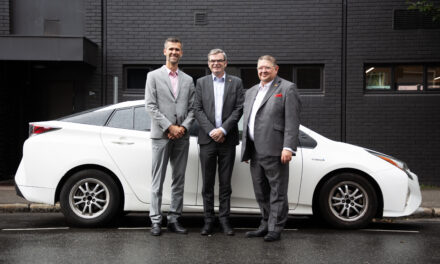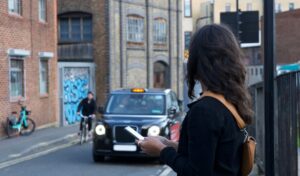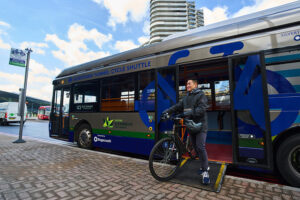Following Royal Assent, the Automated Vehicles Bill has come into force in the UK. The Law sets the framework for establishing some level of safe, legal autonomy for road users. It is applied to vehicles that can drive themselves safely and follow traffic rules without the need for the driver to monitor or control the vehicle, and will therefore establish autonomy levels 4 and 5. With 35 delegated powers, much of the detail will be set out in future secondary legislation – with this initial Law providing a foundational, first step.
A major element of the Automated Vehicle Law is legal liability. It makes companies, rather than individuals, responsible for a vehicle when it is self-driving without human monitoring required. In situations where it does not make sense for a human to be liable, the person will be given immunity from any prosecution. However, in vehicles or contexts where drivers assume a certain level of control, the responsibility will remain on the person.
The benefits are plentiful. Self-driving, if done safely, promises a boost to fuel and route efficiency for business fleets and drivers, and most importantly, a reduction in road accidents – as the vast majority of crashes are caused by human error.
Dr. Rana Charara, Strategic Marketing Leader, Trimble Automotive & IoT, comments: “The technology at the forefront of self-driving vehicles is already in use and fully capable of supporting more autonomy. A suite of sensors, augmented satellite signals, and ever-learning AI software can ensure geographic data accuracy of up to a few centimetres on the road.
Advertisement
“Assuming the law is fairly applied; and industries and technologies certified, regulated, and strictly licensed by all actors involved, the level of autonomy can safely be increased on UK roads. However, it won’t be easy or simple. Moving to level 4 and 5 will include busy, dynamic, urban environments – and autonomy in these contexts is much harder to plan for.
“Some infrastructure may need to be re-designed, cities made smarter and perhaps even digitally interconnected, and ideally, 5G coverage extended. The Highway Code will also need to be considered; for example, how will an autonomous car react when it has to technically break the law by crossing into the other lane to overtake a cyclist? These are all questions that will need clarifying with all stakeholders involved.
“This Bill, however, is a good start – and doesn’t try to minimise the complexity of the mammoth task ahead. It stipulates that much more discussion between many people will be needed, and that many more details will need to be decided by secondary legislation down the line. This is a flexibility that’s vital for regulating such a complex and fast-moving technology.”












